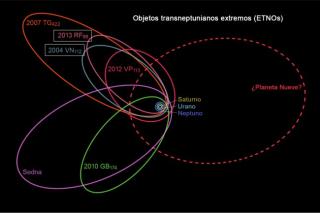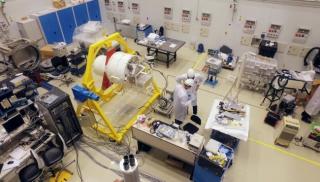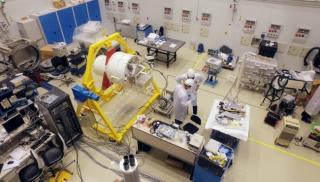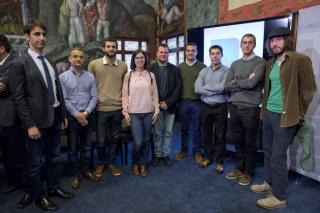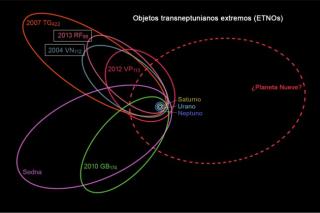
The dynamical properties of these asteroids, observed spectroscopiccally for the first time using the Gran Telescopio CANARIAS (GTC), suggest a possible common origin and give a clue to the existence of a planet beyond Pluto, the so-called “Planet Nine”.
Advertised on
